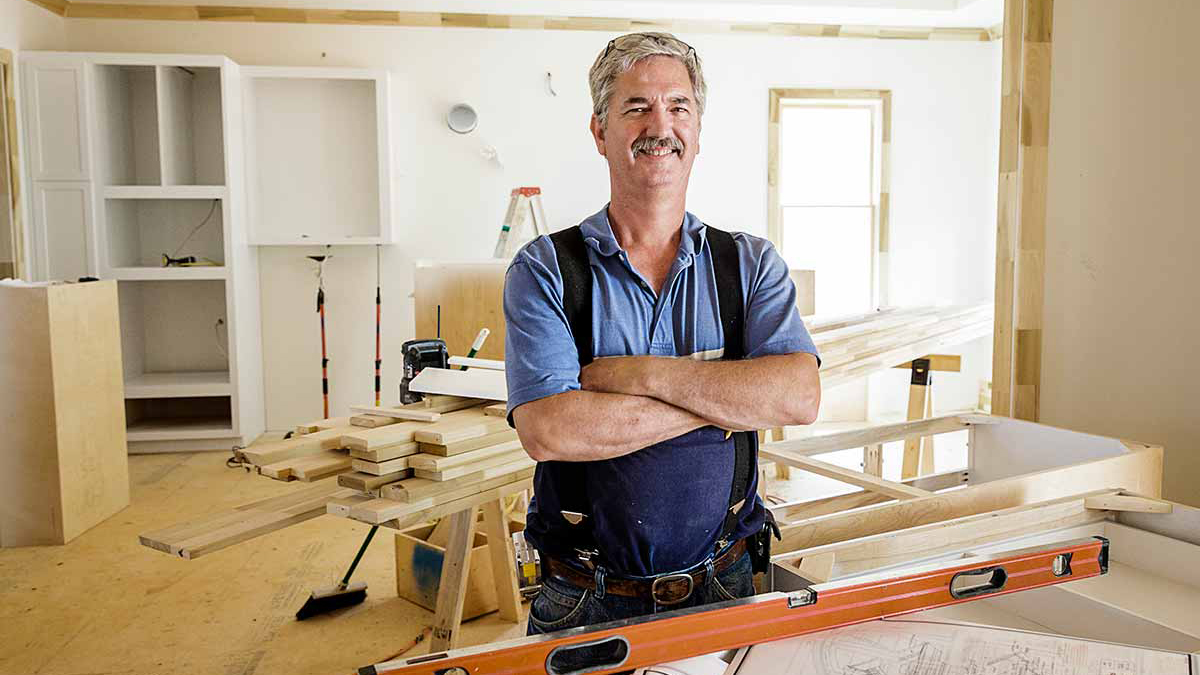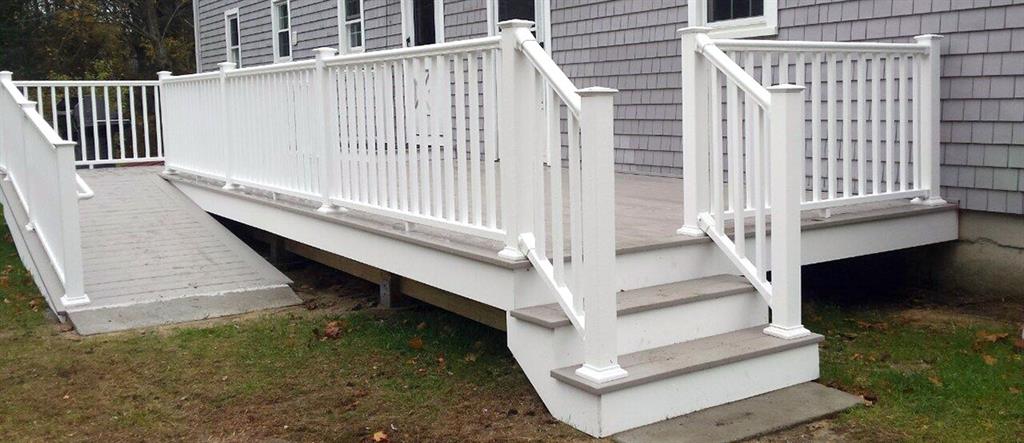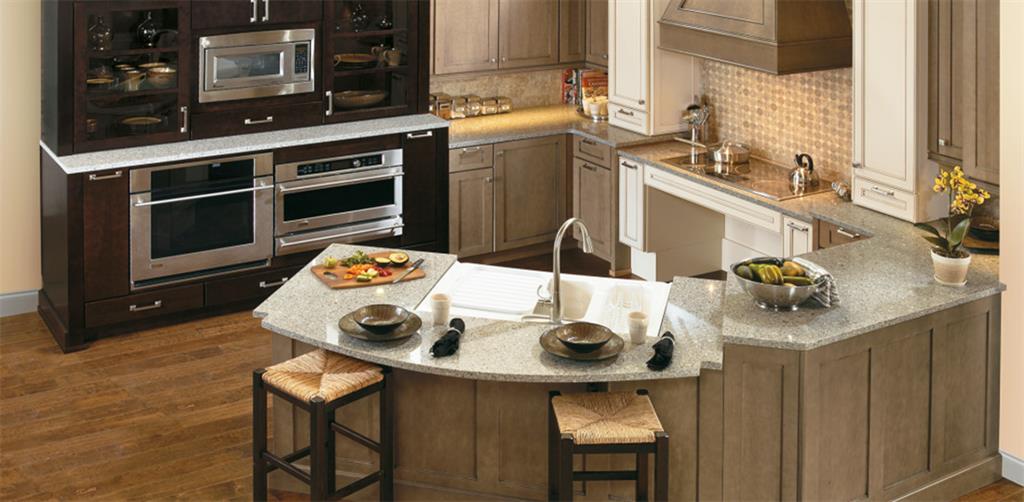 Aging in place home improvements
Aging in place home improvements
Posted on Tuesday, March 31, 2020
Categories:
Windows & Doors
|
Decking & Railing
|
Remodeling
|
Retirement
According to the AARP, approximately 90 percent of seniors
plan on living in their own home for at least five to 10 years after turning 65.
In kind, the number of remodeling companies providing aging-in-place upgrades
has increased. Eighty percent of remodeling companies are making aging-in-place
home improvements, up from 68 percent in 2013, according to the National
Association of Home Builders (NAHB).
Aging in place is cheaper and more comfortable than assisted
living options for many people. A typical assisted living home is pricey,
costing around $50,000 a year. In contrast, the national average of remodeling
a home for aging in place is only $10,000.
Falls are one of the leading causes of death due to injury
among older adults, according to the CDC, and falls are often the result of
simple hazards such as throw rugs, stairs without railings, obstructed
pathways, and wide spaces with no supports. For this reason, many of the
procedures for making homes safer for the elderly focus on reducing the risk of
falls. Some of these modifications need to be made to the entire house, while
others are specific to a particular room.
Here’s a look at what you can do to make getting into your home easier and safer.
Make Entryway Safer
A home’s entryways are particularly important for aging in
place since they control access to the house. The entry points to a house also
include steps in many cases, which always present safety challenges for the
elderly. Some entryway modifications require significant time and expense, like
wheelchair ramps and nonskid flooring. Other measures require slight changes to
the home itself, such as installation of new light switches and railings. But
many aging-in-place modifications are as easy and inexpensive as removing throw
rugs and adding new light fixtures.
Add Outdoor Ramps
Adding ramps to a home’s entry and exits aren't just for
wheelchair access. Even if your parents don’t use a wheelchair, a ramp
eliminates the need to navigate steps, which can make maintaining balance
difficult, even with a banister. Using composite decking and vinyl or metal railing with integrated lighting and ADA graspable handrails will provide decades of safe, low-maintenance beauty and functionality. You
can also get indoor threshold ramps that you put in doorways to form a seamless
surface to transition from one room to another.

Upgrade Smart Home Technology
Technology has become one of the most important developments
in helping people stay in their own home as they age. Home technology
like medical alert, home security and remote monitoring or
communication systems are particularly beneficial.
Wearable technology like watches, necklaces and even shoe
insoles monitor your loved ones’ movement throughout their home, as well as
their vitals. You can outfit doorways with sensors that alert a family or
emergency care service if someone enters a door but doesn’t exit within a
specified period of time, indicating they may need help.
Upgrade Kitchens
As technology advances, we are able to remodel our homes to
make this lifestyle easier to obtain and give us the kitchens of the
future as we age. Overall, the kitchen is one of the more dangerous
rooms in the home. It’s also a room in which we spend a large amount of time.
The following statistics are just a few of the reasons to prioritize a
reorganization the kitchen specifically for an older person:
- 90% of kitchen cloths failed cleanliness tests.
- Foodborne disease causes 76 million cases of illness in the United States alone, according to the centers for Disease Control and Prevention (CDC).
- Over 150,000 kitchen fires every year are caused by cooking equipment – with 460 fatalities.
- Lacerations from kitchen tools account for 42% of hand injuries that are seen by ER professionals.
- A home without a fire alarm is twice as likely to have a fire, according to the U.S. Fire Administration.
- Unattended cooking equipment accounted for 45% of home fatalities from 2002 to 2005.
- 34 fatal burn injuries occur each year from scald burns out of the kitchen.
- After age 65, falling becomes the leading cause of death in the home, with many slip-and-fall accidents occurring on wet kitchen floors.

Upgrade Bathrooms
Installing grab bars or railing in high-risk areas like
bathrooms and bedrooms gives anyone with mobility issues additional support and
prevents slip and fall injuries. Install grab bars near the toilet, and in the
shower/bathtub since these surfaces get slippery. Depending upon your loved
one’s needs, you may want to install bars near their bed so they can get in and
out of bed safely. Make sure your grab bar holds up to 250 pounds, and install
it by screwing it into wall studs, not just drywall.
Additional important safety modifications in bathrooms
include installing heat lamps, widening doors, installing ADA compliant
anti-slip bathroom flooring, securing or replacing throw rugs, and changing faucet
and door handles to ADA compliant, easy-to-grip model.
[Source: Consumer Affairs, Aging In Place ]
Tagged:doors, decking, home improvement, remodel, technology, home safety, home security, kitchens, bathrooms, retirement